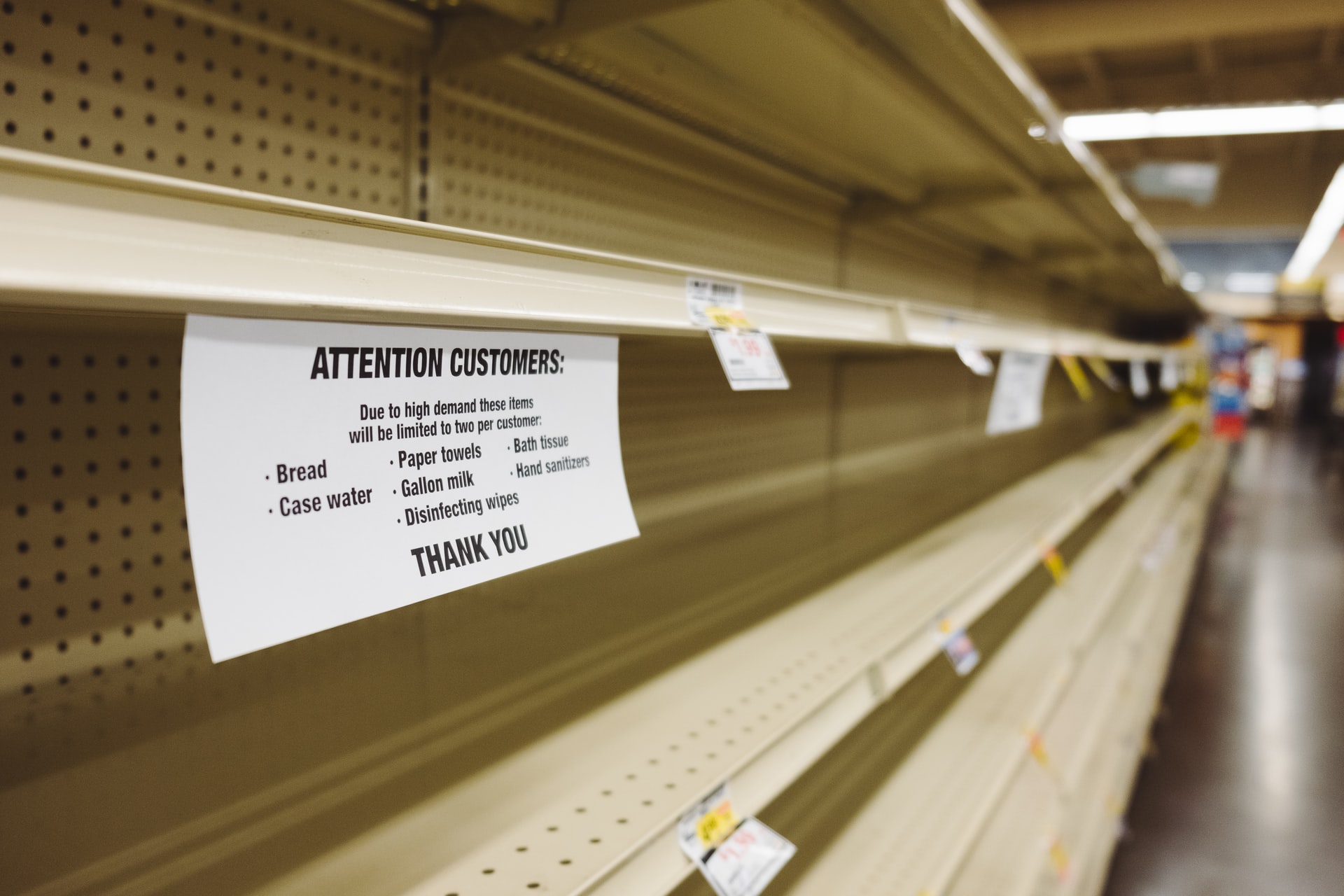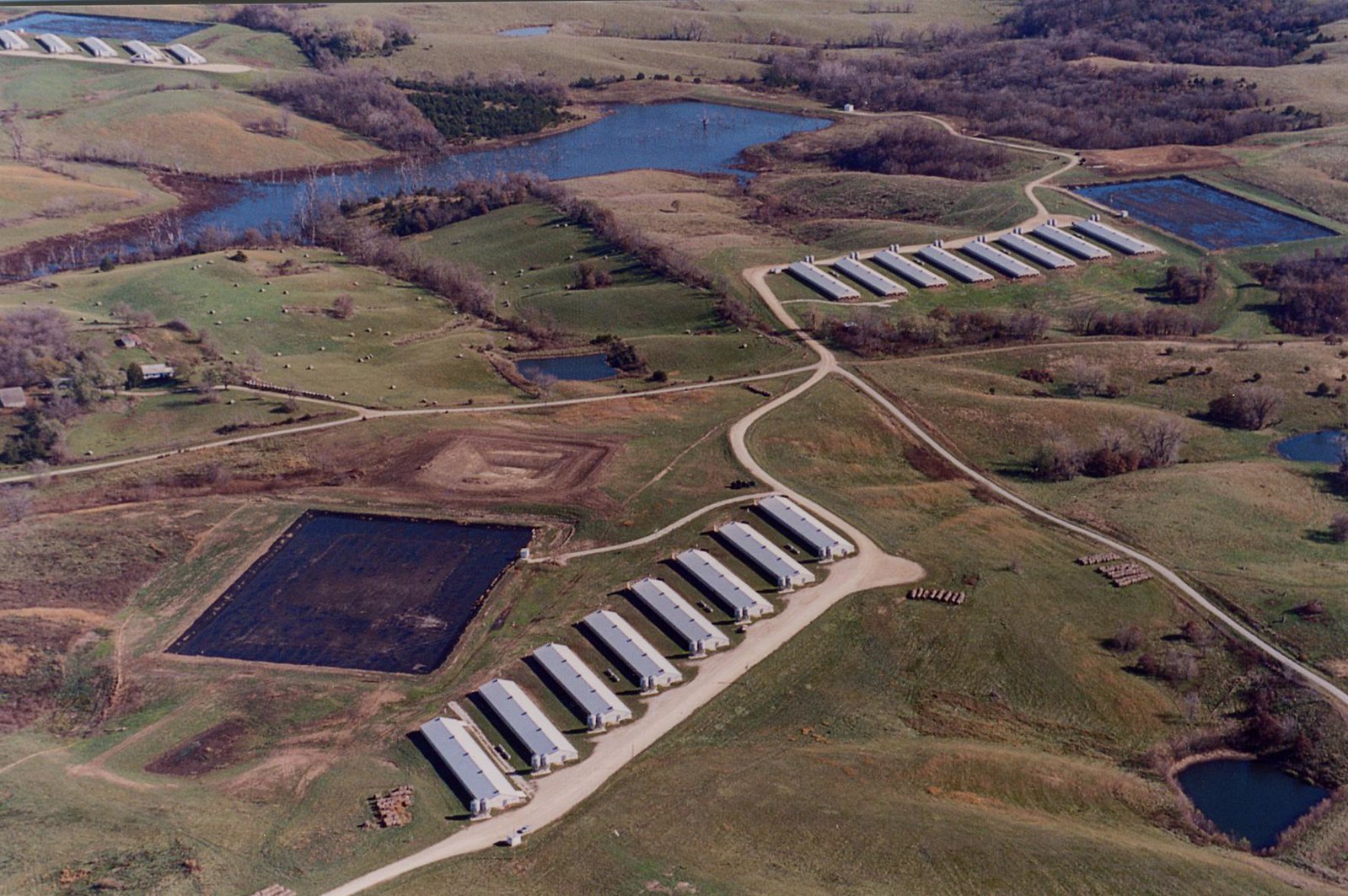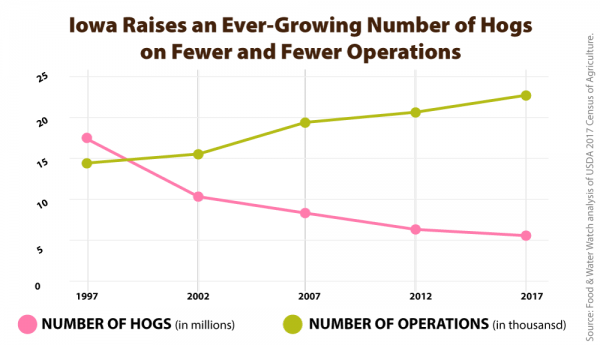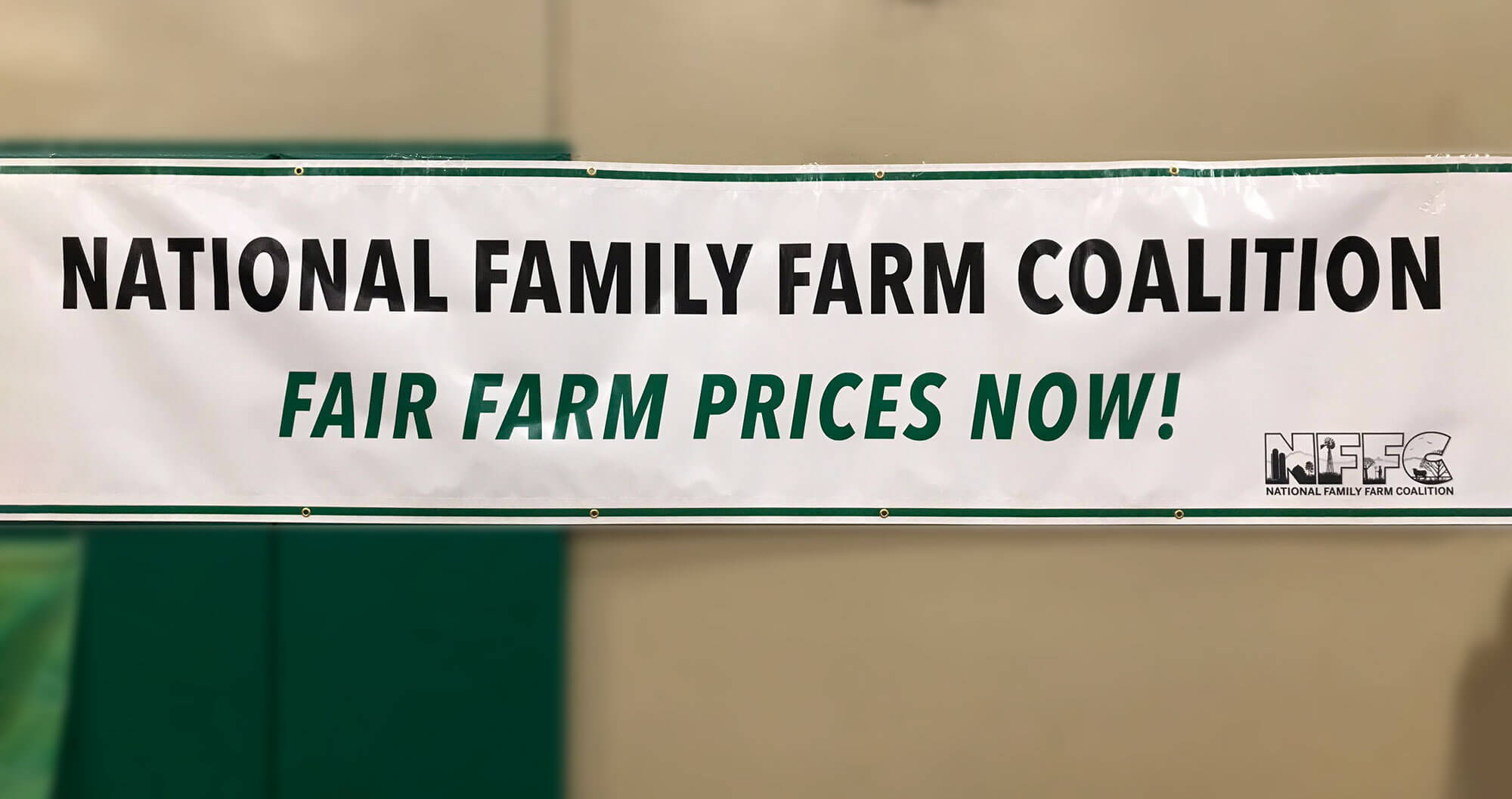Table of Contents
- 1. Introduction
- 2. Price Floors Provide Farmers with Stable and Fair Incomes
- 3. Price Floors, if Tied to Agroecological Practices, Can Build Soil and Reduce Climate Emissions
- 4. We Cannot Afford to Leave the Principles of Parity Out of Our Nation’s Farm Policies
- 5. We Cannot Afford to Leave the Principles of Parity Out of Our Nation’s Farm Policies
Introduction
Farmers, and the rural communities that depend on them, are in crisis, and have been for a long time. Median net farm yearly income for US farmers in 2020 is projected to be negative 1,840 dollars, an estimate made even before the COVID-19 pandemic disrupted the food supply chain.[1] Farm debt is at an all-time high, causing more than 10,000 farms to close each year and raising fears that small farms are “nearing extinction.”[2] The suicide rate among farmers is higher than for any other occupation, compelling dairy cooperatives to include numbers for suicide prevention hotlines when sending dairy checks.[3] Overproduction and low prices are driving farms out of business. Unchecked consolidation among crop and livestock industries has further driven down farm income while funneling money out of rural communities.[4] Additionally, farmers, farm workers, and rural communities experience disproportionate health impacts from industrial agriculture, including exposure to toxic pesticides and hazardous pollution from factory farms,[5] all while facing declining access to healthcare facilities.[6]
Federal farm policy in the US does little to address the various causes behind the current farm crisis. For instance, although subsidized crop insurance serves as a disaster program, it does nothing to prevent overproduction, a key contributor to low crop prices. Moreover, crop insurance does not incentivize farmers to implement ecological practices that can build soil and ensure the productivity of farmland for future generations. Instead, farmers are thrown a lifeline to make it through one more harvest, incentivizing them to plant even more acres next year in order to shake out a living.
Reinstating a parity program which includes price floors and supply management can stabilize prices in a predictable range. This will eliminate the price volatility that plagues farmers. Price floors should be set at parity – a price that restores the buying power of farm commodities and is adjusted for farm expense inflation. If coupled with federal grain reserves, the program could operate without budgetary costs to the federal government.
Moreover, supply management can address the numerous ecological problems that come with excess commodity production. With fewer acres of corn and soybeans needed, farmers are free to divert fields to soil-conservation systems like hay production and pasture, thereby reducing pesticide use, greenhouse gas emissions, and soil erosion.

Price Floors Provide Farmers with Stable and Fair Incomes
Today’s grain farmers are both buying inputs from and selling products into tightly consolidated markets. Four firms control 67 percent of the seed industry; these percentages are even higher among corn (85 percent) and soybean (76 percent) seed firms. For herbicide and pesticide firms, four firms control 84 percent.[7] With less competition, grain farmers have seen significant increases in seed and input costs over the past decades, while the prices farmers receive for their output have not kept up, the result of selling into a grain trading market where concentration amongst so few firms is at nearly 90 percent.[8]
In the absence of price floors, farmers have few options to make up revenue lost in this tightly consolidated system. Some will respond to a year of low prices by increasing production, including through intensive practices or by planting on marginal lands. This, in turn, increases the overall grain supply and further drives down grain prices, essentially creating a vicious cycle.[9]
Price floors aimed at parity prices can significantly increase and stabilize farmer income while making sure processors and livestock feeding corporations pay a fair price. One way to implement this is for the US Department of Agriculture (USDA) to provide nonrecourse loans to farmers based on this price floor. In years when required supply reductions are inadequate or when local prices fall below the price floor, the USDA would not require farmers in those localities to pay back the loan, but instead would collect the harvest as collateral – essentially buying surplus grains from the market. The USDA could then release these grains into the market at higher prices in years when drought or other disasters reduce production, thereby smoothing out market volatility and ensuring a steady supply of grain to the benefit of both farmers and consumers.[10]
Price floors and grain reserves are not new concepts. The Agricultural Adjustment Act (AAA) of 1933 was the government’s response to chronic price collapses, most notoriously following World War I and culminating in the “dirty thirties,” where rock-bottom prices and the Dust Bowl bankrupted thousands of farms. Recognized as the first Farm Bill, the AAA responded to this crisis by setting price floors and import restrictions on various commodities, while purchasing surplus grains for the national reserve.[11] This saved countless family farms from going under while providing a steady and reliable source of grain for consumers. Prices averaged 100 percent of parity from 1942 through 1952, helping to avoid a post-war recession.[12] However, under political pressure from agribusinesses, subsequent farm bills destroyed the New Deal promise of parity and eventually eliminated supply management and food reserves for virtually all commodities.[13] The exception is sugar, whose price is still supported at no budgetary cost to the US government.[14]

Price Floors, if Tied to Agroecological Practices, Can Build Soil and Reduce Climate Emissions
Another key tenet of supply management is participation in conservation programs. The Dust Bowl was a manmade disaster, caused in part by ploughing up prairie grasslands in response to high prices and the US government’s call to increase production during World War I. Similarly, today’s farm crisis incentivizes ramping up production through extractive, ecologically-damaging practices, including continuous monocultures grown with synthetic inputs like pesticides and fertilizers. Intensive agricultural practices like these increase soil erosion rates, threatening the future productivity of cropland.[15] Intensification also reduces soil organic matter and biodiversity, making farmland less resilient to threats from plant pests and extreme weather events.[16]
The AAA created programs that paid farmers to set aside marginal land from production, easing soil erosion rates while avoiding overproduction of grain crops. Later farm bills expanded on these programs.[17] The USDA can leverage existing conservation programs to not only protect ecologically sensitive land but also as another supply management tool. Similarly, the USDA can boost funding for programs that incentivize agroecological practices, such as cover cropping, crop rotation, and returning livestock to pasture. The ecological benefits from such programs extend far beyond the fence line and merit public funding.
Moreover, supply management can help curb climate-warming emissions. Agriculture is perhaps the largest source of human-caused climate emissions, contributing between 19 to 29 percent of these throughout the entire food production chain.[18] In the US, grain crops often rely on synthetic inputs produced using fossil fuels, which represent the largest contribution of greenhouse gases in some cereal crop systems.[19] Avoiding overproduction and incentivizing ecological practices can go a long way towards reducing agriculture’s immense climate footprint and avoiding catastrophic climate change and its many impacts on agriculture.

Price Floors and Supply Management Can Eliminate Indirect Subsidies to Factory Farms
One major consequence of overproduction of grain crops is that it provides animal feed processors with a mountain of cheap grain.[20] This, in turn, props up the polluting factory farm industry. Since the current farm safety net provides insufficient economic relief without managing supply, grains remain cheap and public dollars are “effectively launder[ed] through farmers,” as Food & Water Watch Founder, Wenonah Hauter says, to the feed processors and factory farms.[21]
The availability of cheap grain led to fewer diversified crop-and-livestock operations, as it became more cost effective for farmers to purchase feed rather than grow it themselves or practice rotational grazing. It is no surprise that factory farms began to surge across the US landscape just as federal agricultural policy encouraged the overproduction of corn and soybeans.[22] The 1996 “Freedom to Farm” Bill removed the last remaining vestiges of supply management, leading to oversupply and commodity price crashes in these commodities. By 1999, corn and soybean prices dropped roughly 50 percent, requiring substantial direct payments to farmers from federal coffers in order to avoid mass farm foreclosure.[23]

Feed processors jumped on the opportunity to purchase artificially-cheap grain, and factory farms mushroomed across the rural landscape, replacing thousands of smaller, more diversified farms.[24] For example, between 1997 to 2017, Iowa increased its hog production by more than 50 percent but lost 85.5 percent of its small- and medium-sized hog farms. [25] Fewer farms, as well as a trend towards factory operations that purchase inputs from vertically-integrated companies, erode the economic and social well-being of rural communities, leading to greater levels of poverty, economic inequality, and out-migration.[26]

Revamping federal farm policy to include parity prices and supply management for grain crops will stop the flow of artificially-cheap inputs to factory farms, also known as concentrated animal feeding operations (CAFOs). It is a necessary step towards leveling the playing field so that livestock farmers with diversified operations or those that practice rotational grazing can be economically viable.
We Cannot Afford to Leave the Principles of Parity Out of Our Nation’s Farm Policies
Parity principles, including price floors, supply management and grain reserves, are the logical path towards raising farm income while realigning grain production with agroecological principles. This is a necessary basis – not a silver bullet – for addressing today’s farm crisis. Supply management programs will need to be designed so that they do not disproportionately benefit the largest producers while creating barriers for new or historically underserved farmers, one criticism of early New Deal era programs that did not address the needs of landless tenant farmers and sharecroppers.[27] Additionally, we must take other actions to support farmers and rural communities, including enforcing our nation’s antitrust laws to provide farmers with fair and competitive markets, closing loopholes that enable factory farms to evade Clean Water and Clean Air Act regulations, and restructuring our trade agreements so they do not undermine the food sovereignty of farmers and rural communities of all countries, including our own.
Encouragingly, the conversation around farm policy seems to be shifting from finger-pointing at farm subsidy recipients to a broader dialogue on how to restore fairness in the farm economy. A handful of the 2020 democratic presidential candidates’ agricultural platforms included calls to reintroduce supply management,[28] proposals that have been notably absent in recent election cycles, despite the preoccupation over winning the rural vote. Legislation recently introduced in Congress targets other systemic problems in the food system, including bills to halt agribusiness mega-mergers and to fund a just transition out of the factory farm model.[29]
Our leaders must harness this momentum to restructure federal farm policy by reestablishing price floors and other supply management tools, so that our food system lifts up farmers, farm workers, and rural communities.


